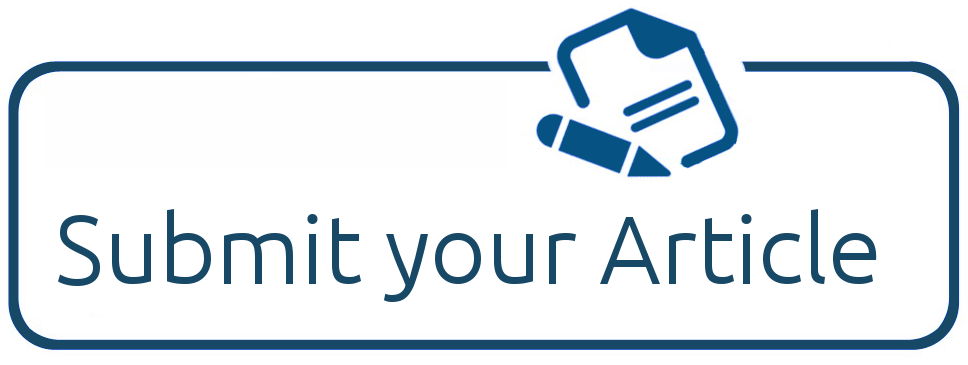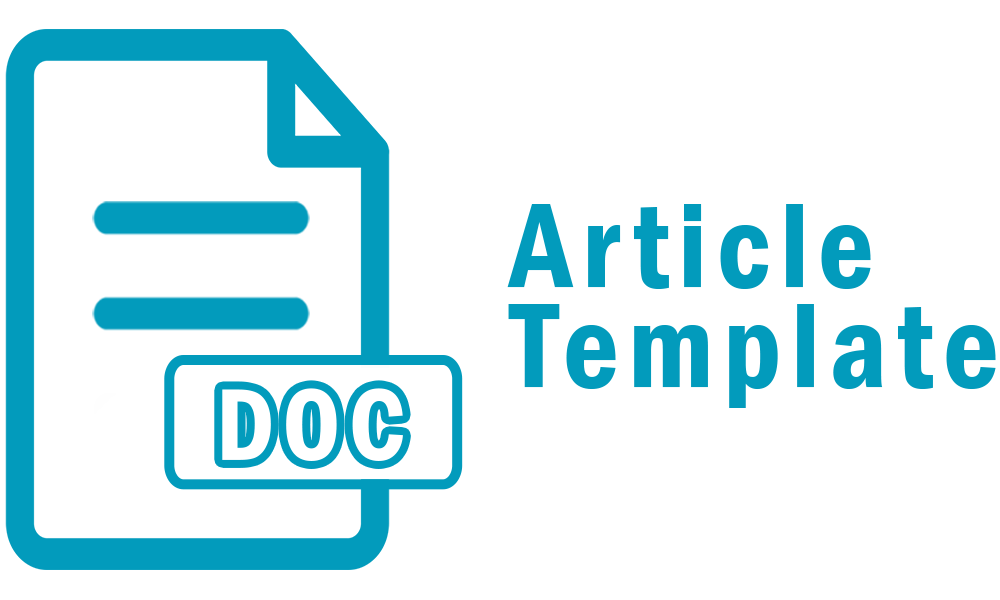Publication Rules in the Queen Arwa University Journal
1. Article Preparation
A. Word Count
- The full research article should not exceed 15,000 words. However, this limit may be extended to a maximum of 25,000 words with editorial board approval if the article's scientific importance necessitates it.
B. Adherence to the Approved Journal Format
- Authors must follow the approved template available on the journal's website. Deviations from the specified standards may result in delays in the review process or rejection of the article.
C. Structure of the Scientific Research
- Title
- Main Title: Should be concise and clear, reflecting the research content and main idea, with a maximum of 20 words.
- Subtitle: Complements the main title and highlights a specific aspect of the research if necessary.
- Author Information
- Author's Name: Full name in both Arabic and English.
- Author's Profile: Includes academic degree, specialization, and the institution to which the author belongs.
- Author Identifiers (Optional): Such as ORCID ID.
- Institutional Affiliation: Preferably include the ROR ID for the institution.
- Primary Contact Information: Includes email and phone number.
- Abstract and Keywords
- Abstract: A summary including the aim, methodology, results, and conclusions, with a maximum of 200 words. It should be provided in both Arabic and English.
- Keywords: 3 to 5 keywords reflecting the main topics of the research, written in both Arabic and English.
- Introduction
- Provides background on the topic, identifies the research problem, objectives, significance, scope, and hypotheses or research questions (if any).
- Literature Review
- Summarizes and analyzes previous studies and identifies research gaps that the new research aims to address.
- Methodology
- Study Design: Type (quantitative, qualitative, experimental, etc.).
- Participants: Number and selection method.
- Tools: Equipment, questionnaires, etc.
- Procedures: Data collection methods.
- Statistical Analysis: Methods used, if any.
- Results
- Present the findings using tables, charts, and textual explanations.
- Discussion
- Interpret the results, relate them to the research objectives, compare with previous studies, explain limitations, and suggest future research.
- Conclusion
- Summarizes the main findings and provides recommendations.
- References
- A list of all sources according to APA7, with Arabic references translated into English and written in the original language on the next line. The preferred number of references is between 20 and 50.
- Appendices
- Additional or detailed materials supporting the research.
- Index
- Includes a table of contents, tables, and figures.
2. Writing and Ethical Standards
A. Originality and Quality
- Articles must be original and not previously published in any other journal or venue.
- Articles should be written in clear and understandable scientific language, with ideas organized logically and coherently.
B. Academic Honesty
- All sources and references must be correctly cited according to APA 7th edition. Plagiarism in any form must be avoided.
- Articles must include a statement disclosing any conflicts of interest or financial support received by the researchers.
3. Peer Review Process
A. Procedures
- The journal employs a double-blind peer review process, where the identities of authors and reviewers are concealed to ensure an objective and unbiased evaluation.
- Articles are sent to at least two expert reviewers in the field.
B. Review Criteria
- Articles must be of high scientific quality, with a clear and replicable methodology.
- Results should be reliable, well-interpreted, and compared with previous studies.
4. Retraction and Correction Policy
A. Reasons
- Articles may be retracted in cases of plagiarism, significant errors, or undisclosed conflicts of interest.
- Minor errors not requiring retraction will be corrected and published.
B. Procedures
- An official statement will be published explaining the reasons for retraction.
- Corrections will be made clear and published prominently.
5. Archiving and Open Access
A. Archiving
- Articles are preserved in multiple digital formats to ensure permanent access.
- Hard copies are stored in the university library as a backup.
B. Open Access
- All articles are published free of charge on the journal's website, promoting knowledge dissemination and increasing research impact.
6. Ethical Standards
- The journal adheres to the highest ethical standards in scientific publishing, in line with the Committee on Publication Ethics (COPE) guidelines.
- All parties involved must commit to ethical standards to ensure integrity and transparency in the publishing process.
Queen Arwa University Journal ensures that all published articles comply with these rules and standards to maintain the quality and credibility of the published scientific research.
Publication Procedures in the Queen Arwa University Journal
1. Review Publication Rules
- Step 1: Researchers should review the publication rules and guidelines available on the journal's website. Ensure the article complies with the journal's format and content requirements.
2. Prepare the Research
- Step 2: Organize and write the research according to the approved scientific structure. Researchers should pay attention to proofreading, formatting, and scientific style, ensuring the inclusion of essential elements such as the introduction, methodology, results, discussion, and conclusions.
3. Format the Research
- Step 3: Format the research according to the journal's requirements, including font type, font size, margins, and overall page layout. Review the final text to ensure no language or formatting errors.
4. Submit the Research
- Step 4: The research can be submitted to the journal via the Open Journal Systems (OJS) or by sending a publication request to the journal's official email (editor@qau.edu.ye). Submit the research abstract, keywords, and required information according to the research paper preparation standards.
5. Initial Review Process
- Step 5: Upon submission, the editorial team conducts an initial review to ensure the research meets the journal's basic requirements and quality standards. If suitable, the research is sent for scientific peer review.
6. Scientific Peer Review Process
- Step 6: Articles undergo a double-blind peer review process, where they are sent to two or more experts in the field. Reviewers provide their evaluations and recommendations regarding acceptance, rejection, or revisions.
7. Decision Making
- Step 7: Based on the reviewers' assessments, the editorial team decides on the acceptance, request for revisions, or rejection of the research. Authors are notified of the decision along with feedback from the reviewers.
8. Final Revisions
- Step 8: If revisions are requested, researchers must make the necessary changes and resubmit the revised research within the specified timeframe. The revisions are reviewed by the editorial team or reviewers as needed.
9. Preparing the Final Version
- Step 9: Upon acceptance for publication, the final version of the research is prepared in coordination with the editorial team. The research is formatted, tables and figures are finalized, and references and citations are checked for accuracy.
10. Signing the Publishing Agreement
- Step 10: Authors must sign a publishing agreement outlining their literary and intellectual rights and granting the journal exclusive publishing rights to the article.
11. Final Publication
- Step 11: After completing all procedures, the research is published in the upcoming issue of the journal. It is made available electronically on the journal's website or printed if the journal issues a print version.
12. Research Publication
- Step 12: The research is published and made available to readers and the scientific community, with respect for the author's rights, affiliation, and academic degree.
The Queen Arwa University Journal guarantees a precise and transparent scientific publication process, aiming to maintain the quality of the published content and enhance the credibility of scientific research.








